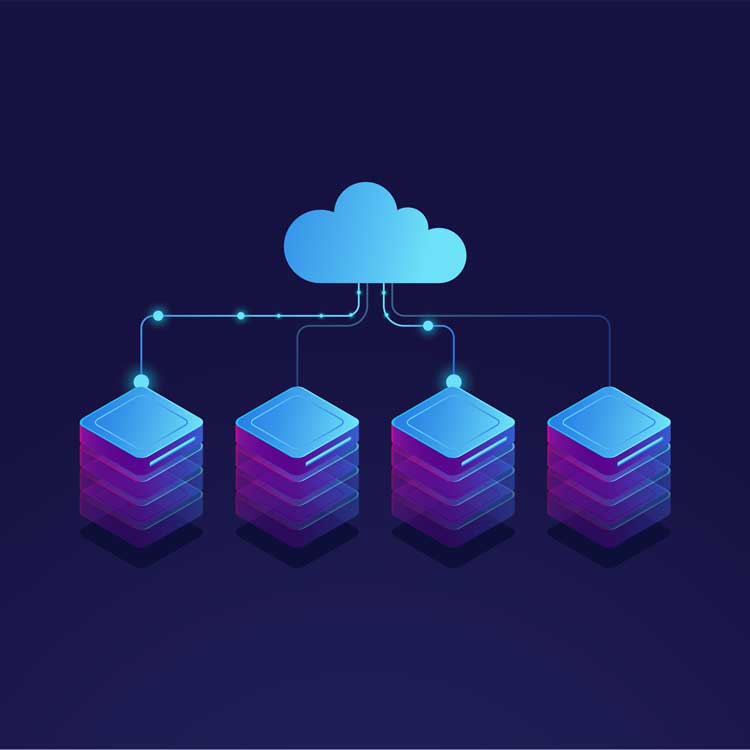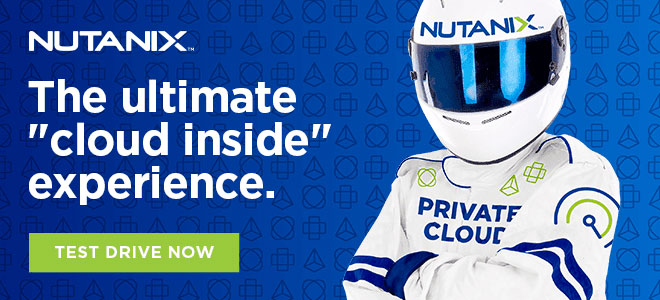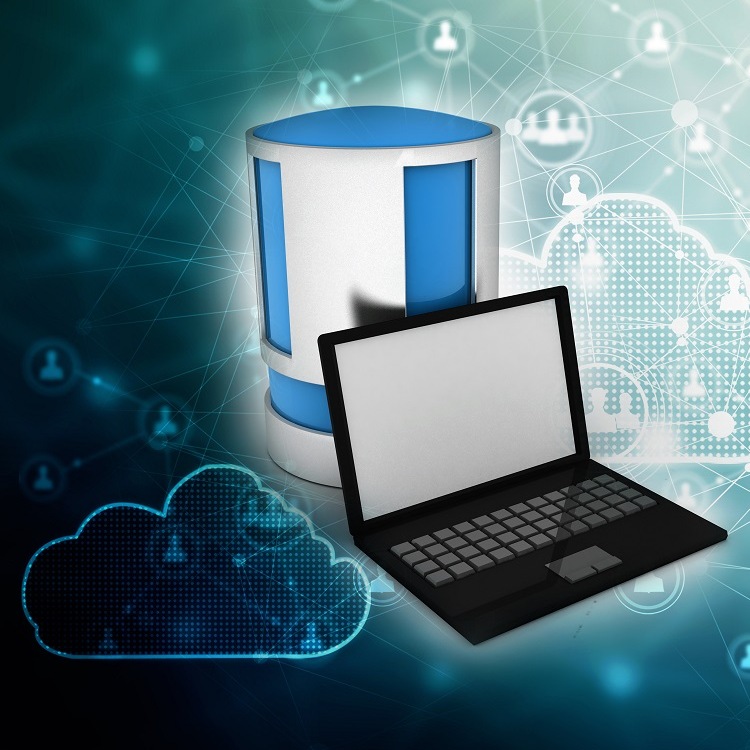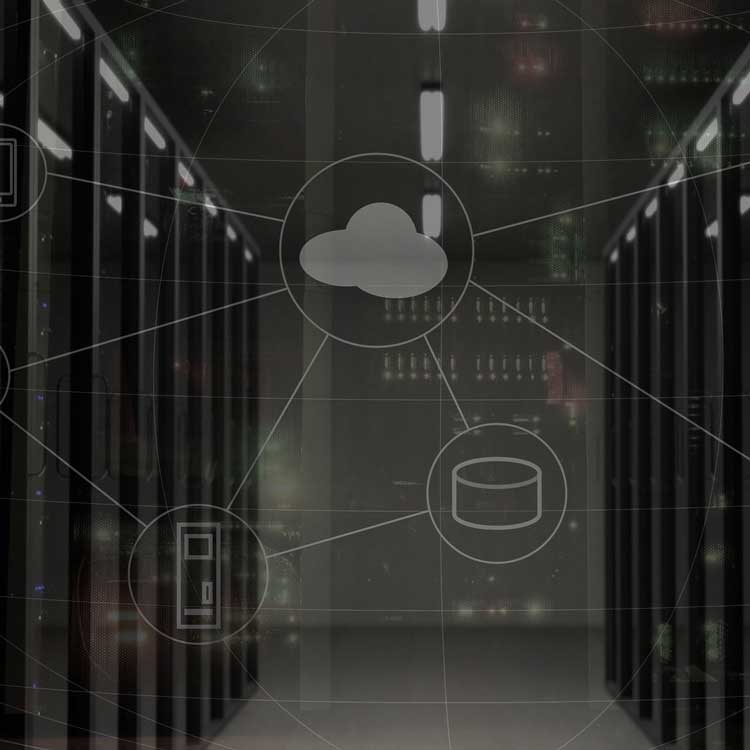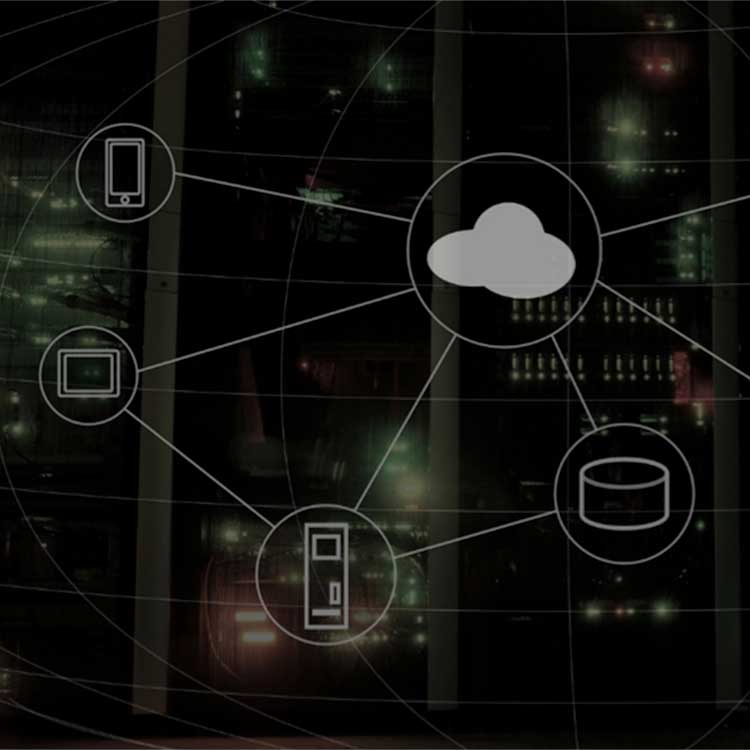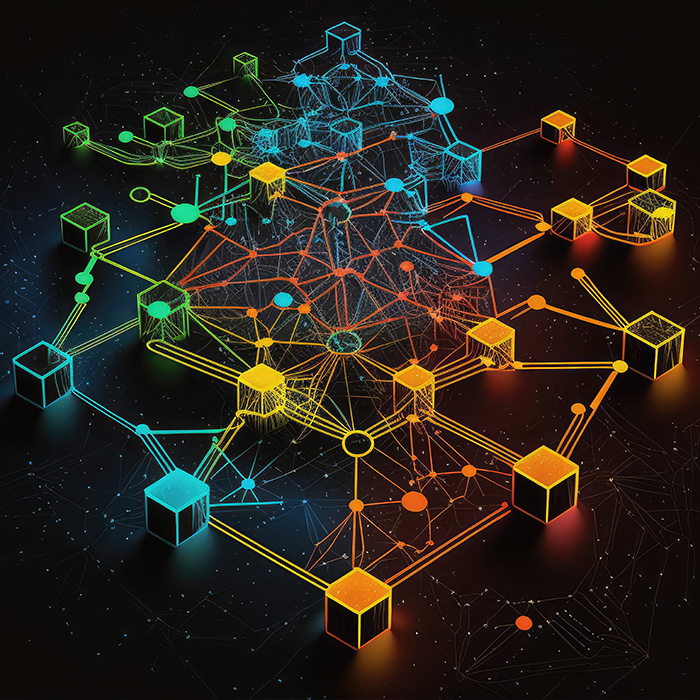Hybrid cloud technologies are helping Asia-Pacific-Japan (APJ) companies adapt to increasingly complex IT environments as the COVID-19 crisis loosens its grip. It’s no small change for a place that’s home to more than 60% of the world’s population that is incredibly diverse, filled with demanding managers and cautious executives, and cultures dating to ancient times.
In a Tech Barometer podcast interview, Matt Young called APJ one of the most dynamic regions in the world.
Young is in the middle of it all, working with businesses across the diverse collection of countries that include Australia, China, India, Indonesia, Japan, Singapore, and more. The senior vice president of sales for Nutanix, he helps businesses through digital transformation with his company’s enterprise software that enables IT teams to include private, hybrid and multicloud as they reshape their operations for success in the future.
In a recent conference call with industry reporters in the region, Young and his two colleagues – Justin Hurst, field chief technology officer for APJ at Nutanix and Jeff Smith, the vice president of systems engineering for Nutanix APJ – described technology trends that are rippling through the region.
- India: A major bank with more than 370 branches used database-as-a-service (DBaaS) to consolidate and streamline database management.
- Japan: A large healthcare company used hybrid cloud technologies and virtual desktop infrastructure (VDI) to shift to remote work and simplify IT management.
- Australia: A rural water utility migrated to hybrid cloud to give farmers real-time data on water levels, which cut costs and improved regulatory compliance.
Young, Hurst and Smith underscored some of the toughest obstacles confronting APJ organizations: rising database complexity, technology updates for remote work, and the evolution from cloud-first to hybrid and multicloud. They explained why so many organizations in the region and around the world are embracing hyperconverged infrastructure HCI as a foundation for building private, hybrid and multicloud IT systems.
They talked about how customers are moving away from traditional IT systems and toward simple-to-use, easy-to-scale software-defined operations in order to improve agility, resilience and reliability, which continue to be essential during the COVID-19 pandemic.
Database Management: Navigating Rising Complexity
The exploding growth and dependency on data is driven by companies embracing e-commerce, internet of things or artificial intelligence to deliver efficiency and new services. But Hurst pointed out that many face a shortage of specialists to manage, secure, and update the necessary data systems.
“As the hybrid cloud becomes a larger part of the picture, figuring out things like security and data governance becomes even more critical,” Hurst said.
He said many customers are looking for ways to remove human limitations by embracing automation where possible to “allow the lines of business to move faster, to leverage that data to support their decisions and to roll out new services.”
HCI is an essential foundation for a modern database-as-a-service (DBaaS) platform. By converging the essential parts of the data center, including compute, storage, storage networking and virtualization, HCI allows organizations to redirect valuable IT resources to higher-value activities such as database automation. Over the past decade, this approach has become more desirable to IT leaders in many parts of the world and it has paved the way for modernizing IT operations, empowering their end users, developers, and other IT customers to move rapidly and deliver new business functionality without waiting for manual IT processes.
Hurst talked about how DBaaS lightens the load for database admins, letting them spin up new services with extreme speed thanks to multiplatform software that’s multicloud-aware without forcing a lock-in to one particular vendor.
Smith noted the quantum leap in speed and simplicity with DBaaS.
“We have numerous cases where things like Microsoft SQL copy-and-restore of 500 gigabytes went from three hours to three minutes,” Smith said.
That reduction in restore time wasn’t just fast it also was also done with a single click. He said that’s putting hours back into the workday of developers and IT people who support them. This is appealing to young, skilled, dynamic developers who have little appetite for legacy systems, he added.
Modern, virtualized infrastructure lets developers zero in on writing code without waiting weeks or months for IT people to deploy programming environments.
“I can get something in three minutes or three hours," Smith said. “That changes the entire dynamic for companies as they try to attract talent.”
Hurst explained how as-a-service software makes it easier for workers to get their work done anywhere, on any device.
“So, it's not just enabling the business. It's also taking a huge burden off of internal IT at a time that they're already overworked,” said Hurst.
This was especially important with the rise of remote work in response to COVID-19.
Continued Decentralization of Teams and Operations: Remote Work Solutions Key
Organizations in APJ are still working through their post-COVID technology strategies, according to Hurst, who shared insights from customers he talked to recently.
“There's still a lot of uncertainty about what's next for the workplace, where work is happening, how employees are connecting, and how we're collaborating globally,” he said. Everybody wants to be ready for what’s next, regardless of whether that’s back in the office, still at home or some kind of hybrid.
Hurst has been living in Japan since just before the pandemic started.
“Living here and getting to observe how business works, how technology works, has been eye-opening,” he said.
“What I've seen, particularly this last year, is really a top-down mandate for digitization, coming all the way from the top of government in the public sector and the private sector as well.”
A nation with a strong tradition of in-person office culture is shifting rapidly to remote work and encouraging digital transformation, he added. Technologies like virtual desktop infrastructure (VDI) helped APJ companies add massive numbers of remote workers to their IT systems. Now, they’re preparing for what’s next.
“Customers are telling us, ‘We need to really adopt a strategy of work-from-anywhere and create a system that allows us agility to adapt, as things ebb and flow, and to be able to shift workloads in a hybrid fashion’,” Hurst said.
He said there’s a big emphasis on upgrading back-end systems to make that possible.
Smith added that virtual technologies like VDI are giving Asian countries with a heavy manufacturing base the ability to do resource-heavy desktop computing, like 3D design, from home offices. That allows Nutanix to help these companies upgrade their systems.
“If you talk about advanced work interaction, this is something that just would have never been on the table before,” Smith said.
Cloud-First Revisited: Shifting to Hybrid and Multicloud
Young saw companies in Japan pivot quickly to the public cloud to cope with COVID-19.
“Those first six weeks were pandemonium,” Young recalled.
Still, companies prized the flexibility and agility of public cloud. As things calmed down, a new reality sank in: “The price tag shock of the public cloud is immense,” he said.
These costs motivated IT departments to rethink public-cloud commitments and move workloads into private or hybrid clouds, Young said.
In addition to costs, Hurst said companies are concerned about security and data sovereignty.
“All the things that companies have traditionally very carefully prepared for and designed around were sort of tossed aside in the rush to just make anything happen in the spur of the moment,” said Hurst. “So, we're seeing a reconsideration of where the public cloud fits into the portfolio of how a company provides services to their end users and partners.”
Financial companies, for instance, want the scalability and ease of use of public-cloud technologies in their own data centers, Hurst said.
“We're trying for our customers to make the experience of using the cloud, any cloud, invisible.”
All of these forces converge on a single concept for organizations aiming to transform their IT systems to stay competitive and attract top talent: We’re moving into an era where every job requires digital skills.
As Hurst put it: “I often say when I'm meeting with customers that whichever industry you're in, you're now in the technology industry — because digital is becoming the way we work.”
Tom Mangan is a contributing writer. He is a veteran B2B technology writer and editor, specializing in cloud computing and digital transformation. Contact him on his website or LinkedIn.
© 2021 Nutanix, Inc. All rights reserved. For additional legal information, please go here.



